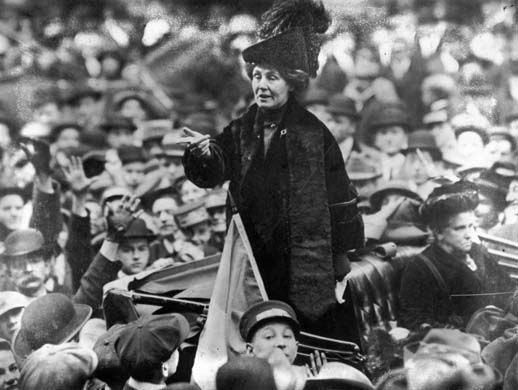Countries
The treatment of the issue of gender violence varies significantly from one country to another, and is influenced by cultural, social, political, economic and legal factors.

Here is an overview of how the issue is treated in different countries around the world.
The treatment of gender violence varies widely in different countries and regions of the world.
There is still much work to be done to effectively address this global problem and ensure that all people can live free of violence and discrimination.
1. **Countries with a progressive approach and advanced legislation**: Some countries have adopted progressive laws and policies to address gender-based violence and protect the rights of victims. These countries often have victim support services, shelters for battered women, helplines, and public awareness programs. Examples of these countries include Sweden, Iceland, Canada, Spain and Uruguay.
2. **Countries with traditional approach and legal and cultural challenges**: In other countries, the treatment of gender violence may be more challenging due to entrenched cultural norms, social stigma, institutional discrimination and lack of resources. In some cases, laws may be inadequate or not properly applied to protect victims. These countries often face challenges in terms of access to justice, support for victims and prevention of violence. Examples include countries in the Middle East, sub-Saharan Africa, and parts of Asia.
3. **Developing countries with emerging focus and growing awareness**: In many developing countries, there is growing recognition of the importance of addressing gender-based violence and protecting women's rights. Although they may face significant challenges in terms of resources and institutional capacity, initiatives are emerging to address gender-based violence through community development programs, victim support services and legislation. Examples include countries in Latin America, Africa and Asia.
4. **Countries with situations of conflict and humanitarian crisis**: In areas affected by armed conflicts, civil wars or humanitarian crises, gender violence may be even more prevalent due to social destabilization, the breakdown of basic services and the increased vulnerability of women and girls. Sexual violence, human trafficking and other forms of gender violence can be used as tactics of war and control. Responding to gender-based violence in these contexts can be extremely challenging due to lack of resources and security. Examples include countries such as Syria, South Sudan and the Democratic Republic of the Congo.
In summary, the treatment of gender violence varies widely in different countries and regions of the world, and is influenced by a number of factors. While there has been significant progress in some places, there is still much work to be done to effectively address this global problem and ensure that all people can live free of violence and discrimination.

First wave of feminism (late 19th and early 20th centuries)
Right to vote
It emerged in the context of civil and political rights movements in Europe and North America.
It focused on the fight for women's suffrage (right to vote) and legal and political equality.
Prominent figures include suffragists such as Susan B. Anthony, Elizabeth Cady Stanton, and Emmeline Pankhurst.
She achieved important victories, such as obtaining the right to vote for women in several countries, including the United States and the United Kingdom.
The "Missing" Waves of Feminism
On September 26, 2021 Dr. Leslie L. Heywood, professor of English and creative writing, Binghamton University, The State University of New York; Kate Kelly, human rights attorney and author of "Ordinary Equality: Women and Queer People Who Shaped the U.S. Constitution and the Equal Rights Amendment" (Gibbs Smith, February 15th 2022); Rebecca Walker, bestselling author and founder of the Third Wave Fund, a non-profit organization that funds grants for young women and transgender youth committed to social justice; and moderator Dr. Michele B. Goodwin, chancellor's professor of law, The University of California at Irvine, joined NWHM to discuss “The Missing Waves of Feminism: The Third Wave.” The "Missing" Waves of Feminism: The Third Wave symposium highlights women changemakers beyond the “canonical” 1980-2010 period that is often referred to as the “third wave" of feminism. The panel re-examines the origins, context, and voices of the so-called “third wave” of feminism with a robust discussion that considers the consequential events and reconsiderations of gender norms that prompted yet another reckoning of women’s roles in culture and society.
More information available about the waves coming soon...
A humanitarian movement
The waves of feminism are not necessarily mutually exclusive, and often overlap and intertwine in their development and evolution. Each has left a lasting legacy in the fight for gender equality and has contributed to significant changes in society.
Necesitamos su consentimiento para cargar las traducciones
Utilizamos un servicio de terceros para traducir el contenido del sitio web que puede recopilar datos sobre su actividad. Por favor, revise los detalles y acepte el servicio para ver las traducciones.

